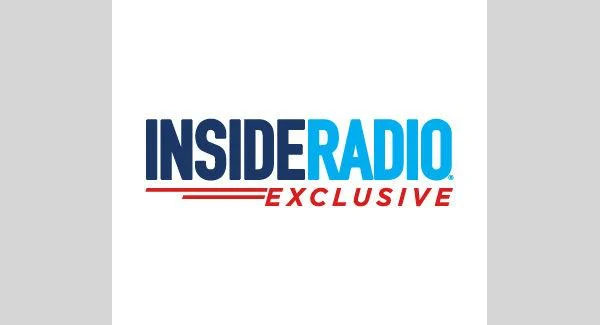Source: www.insideradio.com, November 2022
As radio broadcasters prospect for new clients in 2023, looking in the usual places may not be the best strategy. A more fruitful approach is targeting the millions of new businesses that have popped up post-pandemic yet largely remain under the radar. Borrell Associates says 6.2 million “high-propensity businesses” have been formed since 2019. These are businesses the U.S. Census Bureau has designated to be more likely to succeed and grow.

“It’s going to be a race to see who gets these businesses,” CEO Gordon Borrell tells Inside Radio. “Radio has a perfect story for them – if they want to be connected to the community and they want their brands to rise in awareness, and if they need help with marketing.”
These small fledgling merchants, which sprouted up in the wake of millions of businesses collapsing due to the pandemic and the economic challenges of 2022, are likely to start with digital advertising and unlikely to be big spenders, at least not initially.
They are also vastly different from the ones they replaced. According to a forecast from Borrell to be released this week, the number of U.S. businesses with fewer than 10 employees nearly doubled, while those with 25 or more employees declined since March 2020.
But these new merchants are, for the most part, invisible. “They set up a website, they buy some search marketing, some keywords and that’s it,” Borrell says. That means they won’t show up in monitors of the competition’s clients.
‘Make It About Marketing’
Rather than trying to find them by buying business lists, a better approach may be to use radio’s broadcast bullhorn to bring them out of the woodwork. Target new businesses looking for help with their marketing efforts, Borrell suggests. “These businesses are phenomenally novice at marketing,” he says, citing survey data showing three in four small local businesses are novice marketers. A marketing seminar or a webinar promoted on the radio is one potential path. “For God sakes, don’t make it about radio,” Borrell cautions. “Make it about marketing because they don’t want to be sold something. They want to learn.”
“Leverage your radio broadcasting and marketing capability to tell people that you’re there, and you can help them with their marketing,” Borrell continues. “These people in their service trucks driving around might hear that and send somebody to it.”
He sees this as more of a long-term opportunity than a quick-fix. And the timing is good for broadcasters. When Borrell surveyed 2,000 local advertisers and 350 agencies in September and October of this year, 44% said they were currently buying radio. But 46% said they plan to buy radio in 2023, an increase of two percentage points. Says Borrell, “There’s something really interesting happening with radio. We think it’s related to the relative cost of radio, the very low CPM [cost per thousand impressions] particularly for the smaller stations.”
In addition, the advertiser survey shows a five-point increase in the percentage of advertisers saying they’re planning to buy streaming audio next year. And there is also more interest among local advertisers in podcasts. “The buzz is out there. We think this local podcasting thing might have a little bit of spark to it,” Borrell surmises.
High Rank In Effectiveness
More importantly, radio ranked among the highest of 20 different types of media in terms of effectiveness. And more than 36% of radio buyers said radio was very to extremely effective. Radio outranked outdoor, direct mail, newspapers and magazines and came in close to social media. In addition one in five agencies surveyed said their clients would be increasing radio spend next year.
Despite this, radio is expected to show a single-digit revenue decline in 2023 while broadcast TV will suffer the largest drop, declining by double digits, according to Borrell’s forthcoming forecast.
“It looks like we have some new folks coming into radio and we also see a lot of businesses saying it’s effective,” Borrell says, recapping the survey results for radio. “It makes radio still pretty strong, which is why you’re not going to see a huge decline in radio advertising next year.”

